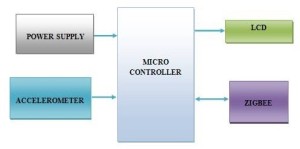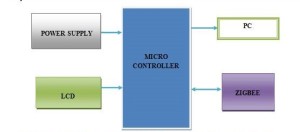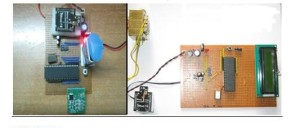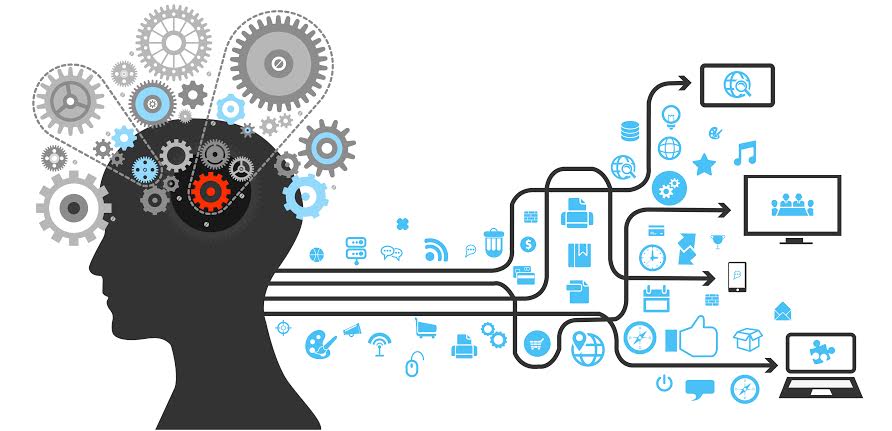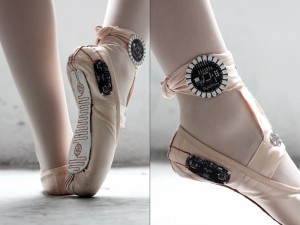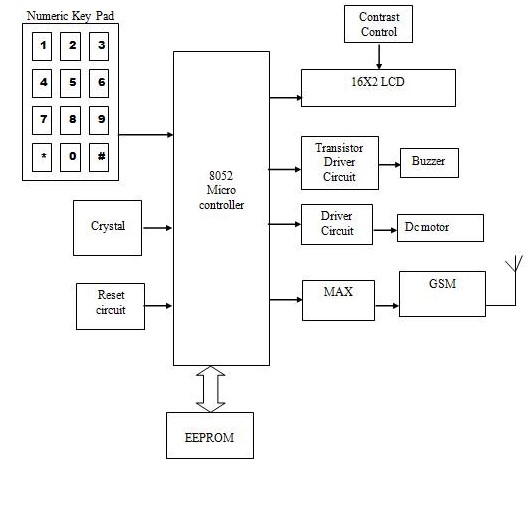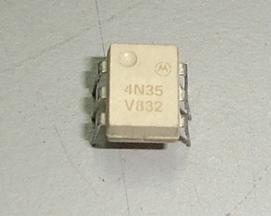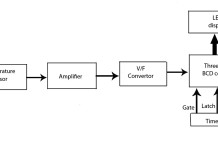ABSTRACT:
Patient monitoring systems are gaining their importance as the fast-growing global elderly population increases demands for caretaking. These systems use wireless technologies to transmit vital signs for medical evaluation. In a multihop ZigBee network, the existing systems usually use broadcast or multicast schemes to increase the reliability of signals transmission; however, both the schemes lead to significantly higher network traffic and end-to-end transmission delay. In this paper, we present a reliable transmission protocol based on anycast routing for wireless patient monitoring. Our scheme automatically selects the closest data receiver in an anycast group as a destination to reduce the transmission latency as well as the control overhead. The new protocol also shortens the latency of path recovery by initiating route recovery from the intermediate routers of the original path. On the basis of a reliable transmission scheme, we implement a ZigBee device for fall monitoring, which integrates fall detection, indoor positioning, and ECG monitoring. When the triaxial accelerometer of the device detects a fall, the current position of the patient is transmitted to an emergency center through a ZigBee network. In order to clarify the situation of the fallen patient, 4-s ECG signals are also transmitted. Our transmission scheme ensures the successful transmission of these critical messages. The experimental results show that our scheme is fast and reliable. We also demonstrate that our devices can seamlessly integrate with the next generation technology of wireless wide area network, worldwide interoperability for microwave access, to achieve real-time patient monitoring.
PURPOSE:
The system is composed of data acquisition, fall detection and database for analysis. Tri-axial accelerometer is used for human position movement tracking and fall detection. The system is capable of monitoring patients in real time and on the basis of results another important parameters of patient can be deducted: the quality of therapy, the time spent on different activities, the joint movement, etc.
BLOCK DIAGRAM:
Transmitter Section:
RECEIVER SECTION:
DESCRIPTION:
Falls are one of the leading health problems in the elderly community. They can occur in home as well as in hospitals or in the long-term care institutions. Falls increase risk for serious injuries, chronic pain, long-term disability, and loss of independence, psychological and social limitations due to institutionalization. Nearly 50% of older adults hospitalized for fall-related injuries are discharged to nursing homes or long-term care facilities. A fall can cause psychological damage even if the person did not suffer a physical injury. Those who fall often experience decrease activities of daily living and self-care due to fear of falling again. This behavior decreases their mobility, balance and fitness and leads to reduced social interactions and increased depression.
The mortality rate for falls increases progressively with age. Falls caused 57% of deaths due to injuries among females and 36% of deaths among males, age 65 and older. Majority of falls result from an interaction between multiple long-term and short-term factors in person’s environment. Common risk factors include problems with balance and stability, arthritis, muscle weakness, multiple medications therapy, depressive symptoms, cardiac disorders, stroke, impairment in cognition and vision. Detection of a fall possibly leading to injury in timely manner is crucial for providing adequate medical response and care. Present fall detection systems can be categorized under one of the following groups:
- User activated alarm systems (wireless tags),
- Floor vibration-based fall detection,
- Wearable sensors (contact sensors and switches, sensors for heart rate and temperature,
Accelerometers, gyroscopes),
- Acoustic fall detection,
- Visual fall detection.
The most common method for fall detection is using a tri-axial accelerometers or bi-axial gyroscopes. Accelerometer is a device for measuring acceleration, but is also used to detect free fall and shock, movement, speed and vibration. Using the threshold algorithms while measuring changes in acceleration in each direction, it is possible do detect falls with very high accuracy. Using two or more tri-axial accelerometers and combining them with gyroscopes at different body locations it is possible to recognize several kinds of postures (sitting, standing, etc.) and movements, thereby detecting falls with much better accuracy. An easy and simple method to detect fall detection of patients is using accelerometer together with Zigbee transceiver to communicate with Monitoring System through wireless network, and in this paper a system for monitoring and fall detection of patients using mobile MEMS accelerometers will be presented.
TECHNOLOGY:
ZIGBEE:
Zigbee is new wireless technology guided by IEEE 802.15.4 Personal Area Network standard. It is primarily designed for the wide range controlling applications and to replace the existing non-standard technologies. It currently operates in 868 MHz band at a data rate of 20Kbps in Europe, 914MHz band at 40kbps in USA, and the 2.4GHz ISM bands Worldwide at a maximum data-rate of 250kbps. It is used to verify whether user’s truncation is possible or not. One of the main advantages of this ZIGBEE communication is that it provides a noise free communication, the amount of noise added in this type of communication is very less compared to the other wireless communications.
MEMS:
Microelectronic integrated circuits can be thought of as the “brains” of a system and MEMS augments this decision-making capability with “eyes” and “arms”, to allow Microsystems to sense and control the environment. Sensors gather information from the environment through measuring mechanical, thermal, biological, chemical, optical, and magnetic phenomena. The electronics then process the information derived from the sensors and through some decision making capability direct the actuators to respond by moving, positioning, regulating, pumping, and filtering, thereby controlling the environment for some desired outcome or purpose. Because MEMS devices are manufactured using batch fabrication techniques similar to those used for integrated circuits, unprecedented levels of functionality, reliability, and sophistication can be placed on a small silicon chip at a relatively low cost.
HARDWARE:
- Micro Controllers
- Accelerometer
- Zigbee
- Power supply
SOFTWARE:
- Embedded C
- Keil µvision
- Flash magic
- Express PCB
RESULT:
Hence, Experiment shows the system for monitoring and fall detection of patients using 3-axial accelerometer together with Zigbee transceiver to detect fall of patients. The system is composed of data acquisition, fall detection.


